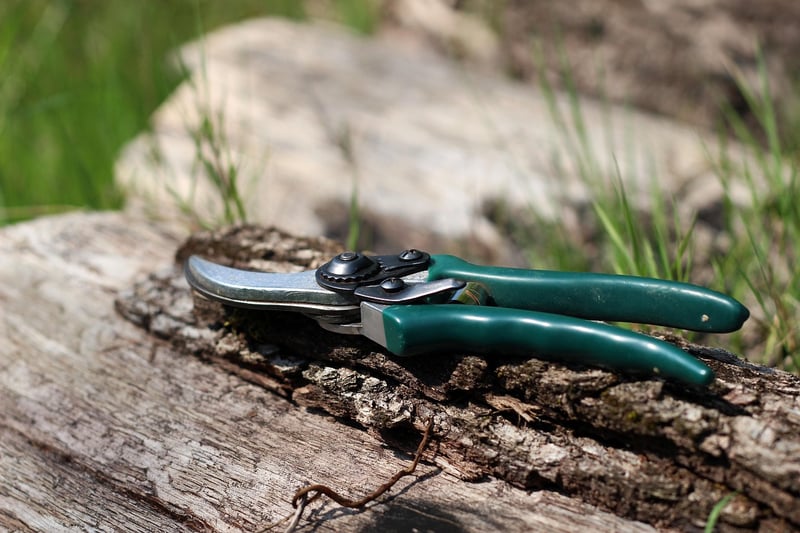Pruning Guide
Keeping Your Garden Healthy: A Pruning Guide

Welcome to our guide on keeping your garden healthy through proper pruning techniques. Pruning is an essential practice that helps maintain your plants' health, shape, and productivity. By following these tips, you can ensure your garden thrives throughout the year.
Why Pruning is Important
Pruning helps remove dead or diseased branches, improves air circulation, and promotes new growth. It also helps maintain the shape and size of plants, leading to better flowering and fruit production.
When to Prune
The best time to prune varies depending on the plant species. In general, it's recommended to prune flowering shrubs right after they bloom, while winter is a good time to prune deciduous trees and shrubs. Avoid pruning during extreme heat or cold to prevent stress on plants.
Tools for Pruning
- Pruning Shears
- Loppers
- Pruning Saw
- Hedge Trimmers
Pruning Tips
- Start by removing dead or diseased branches.
- Prune at a 45-degree angle just above a bud or lateral branch.
- Step back occasionally to assess the plant's shape as you prune.
- Remove any crossing or rubbing branches to prevent damage.
- Regularly clean and sharpen your pruning tools for optimal performance.
Benefits of Pruning
Proper pruning can lead to healthier plants, increased flower and fruit production, improved plant shape, and overall garden aesthetics. It also reduces the risk of disease by removing infected branches.
Conclusion
By following the guidelines outlined in this pruning guide, you can keep your garden healthy and thriving year-round. Remember to tailor your pruning schedule to the specific needs of each plant and invest in quality pruning tools for best results.
Happy gardening!
